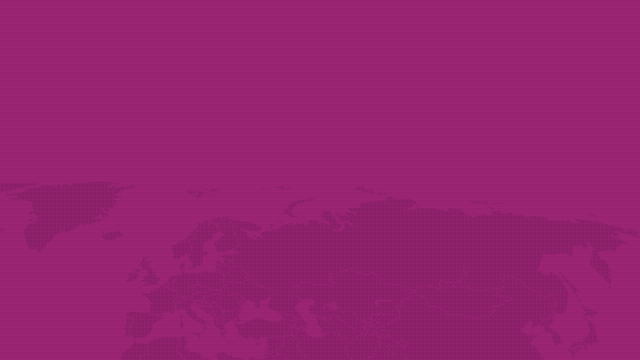
New GSMA data is a wake-up call for the digital gender divide
The GSMA Mobile Gender Gap Report 2022 shows that after years of progress towards women’s equal digital inclusion across LMICs, only 59 million additional women in LMICs started using mobile internet in 2021 compared to 110 million in 2020.
After years of progress towards women’s equal digital inclusion, we are now seeing a slowdown and, in some cases, a reversal. Across low- and middle-income countries, 59 million additional women started using mobile internet in 2021, a significant drop from last year when nearly twice as many started using it. Women remain 7% less likely than men to own a mobile phone, and are 16% less likely to use mobile internet. This means that there are still 264 million fewer women than men accessing mobile internet. Significant and coordinated efforts are urgently needed to reduce the gender gap and ensure that women can participate fully in a more digitised society.
This recent slowdown in the growth rate at which women are adopting the mobile internet across LMICs is in contrast with continued high growth rates for men. It represents the first time GSMA data has recorded such a negative trend.
Across LMICs, the report shows that the mobile internet gender gap has narrowed every year from 2017 to 2020, from 25 per cent to 15 per cent. However, GSMA data from 2021 suggests that this momentum has been lost. Women are now 16 per cent less likely than men to use the mobile internet, which equates to 264 million fewer women than men using mobile internet.
In South Asia, traditionally the region with the widest mobile gender gap, this rebound has been even more stark. The mobile internet gender gap had narrowed significantly, from 67 per cent in 2017 to 36 per cent in 2020, but has now widened to 41 per cent.
GSMA Director General Mats Granryd said: “For decades, mobile internet has been transforming the lives of women across the globe, especially in low- and middle-income countries. But the worrying statistics in our Mobile Gender Gap Report 2022 show that far more needs to be done to prevent women being left behind in the digital economy. Institutions, corporations and governments around the world need to focus on the importance of inclusion, and actively seek to combat such inequalities. The GSMA is committed to working with mobile operators and governmental stakeholders to address this negative trend and ensure that women do not miss out on the transformative power of mobile technology, wherever they live in the world.”
These findings are particularly significant, since mobile remains the primary way women access the internet across LMICs, and the benefits of internet connectivity can be life-changing. In particular, the COVID-19 pandemic has demonstrated the importance of mobiles as a valuable tool for helping women access health information, stay connected to their families during lockdowns, continue income-generating opportunities and access government support.
Industry action
The GSMA introduced the Connected Women Commitment Initiative in 2016 to catalyse action to close the mobile gender gap. Over this time, over 40 mobile operators across Africa, Asia and Latin America have made formal commitments to accelerate digital and financial inclusion for women. These operators have already reached more than 55 million additional women with mobile internet or mobile money services.
However, mobile operators cannot work in isolation. The mobile gender gap is a significant global issue, requiring attention from all stakeholders to ensure women and their families can reap the full benefits of connectivity. In total, only 60% of women in LMICs now use the mobile internet, compared to 71% of men.
The annual GSMA Mobile Gender Gap report is funded by the UK Foreign, Commonwealth and Development Office (FCDO) and the Swedish International Development Cooperation Agency (Sida) via the GSMA Mobile for Development Foundation. It plays an important role in sizing the mobile gender gap and generating regional and country-level data to draw attention to this issue, as well as providing key evidence to inform action from stakeholders.
This year’s findings demonstrate the importance of continuing to collect data to understand the issue and address the key barriers preventing women from accessing and benefiting from mobile internet, including affordability, digital skills, and social norms that inhibit women’s access and use of mobile technology.
It is only with the concerted action and collaboration of different stakeholders that we can truly accelerate progress on this issue, and ensure that gender inequalities are not further entrenched.









